Pixar Short: Loop
The Plot
Pixar’s 2020 short film, Loop is the sixth short film in Pixar’s SparkShorts and focuses on a chatty boy and a non-verbal girl with autism, learning to understand each other. The short begins with Renee, a 13-year-old girl who is sitting patiently in a canoe waiting for a partner, while playing with a sound app on her phone. Marcus arrives late and his camp counselor tells him to partner with Renee, much to his frustration.
Marcus attempts to communicate verbally with Renee and is met with noises and mutters. Marcus attempts to show off his paddling skills, but Renee appears unimpressed and starts rocking the boat. Marcus asks Renee to tell him what she wants and she responds with showing him a poop emoji on her phone and signaling to a few outhouses in the distance.
While passing some reeds, Renee reaches out to feel them brush against her arms. She has Marcus paddle through multiple times and he realizes that she didn’t need the outhouses but wanted to touch the reeds. He tries to do it again and she goes back to her phone. Marcus shifts focus to connecting with her, paddles to a tunnel, and has Renee play the sound on her phone so she can hear the acoustics in the tunnel.
At first, Renee enjoys the sound until a speedboat races by and the reverberated sound overwhelms Renee. She frantically paddles out of the tunnel, nearly colliding with the speedboat – resulting in the canoe crashing onto land. Renee experiences a meltdown, throws her phone which falls into the lake, and hides under the canoe sobbing.
Eventually, Marcus pulls up a reed and sits down by the canoe until Renee calms down. She sits up, takes the reed, and begins to giggle. The two repeat the sound the phone made together, get back into the canoe, and paddle back to the camp.
Underlying messages
In the film, Renee plays a tone on her phone repeatedly, makes humming noises, shows frustration through rocking their canoe, and nearly crashes the boat into a speedboat. Marcus takes these behaviors as bothersome initially, but comes to realize that her actions are purposeful and they are a response to how she is experiencing the canoe trip. When he dips into her reality, he is able to connect with her and their partnership strengthens.
Looking at her behavior in isolation, it can be frustrating when you’re asking someone a question and they do not answer you. While these behaviors may appear to be outside of our societal norms and force people outside of their comfort zones, she is doing these things to express herself or more importantly, protect herself.
Lesson
It’s important to expand our understanding of other people’s behaviors so our judgement is less reliant on how their behavior impacts us. Instead, place more emphasis on understanding how the behavior is serving that person before we respond. It’s difficult to step out of our own brains to try and see the world through someone else’s eyes, but for Renee and so many like her, it makes a world of difference.
Discussion Questions
· How can communication be disrupted when we let language stand in the way?
· What forms of non-verbal communication was Renee seen using?
· What caused Renee to overstimulate? What causes you to overstimulate?
· How was Renee soothed? What helps you self-soothe?
· How did Marcus shift his communication?
· What happened when Marcus only used verbal communication?
· How does Marcus adjust to adapt to Renee’s communication style?
· What could’ve helped Marcus when he first met Renee? How could he have shifted his perspective?
· Marcus makes several common mistakes when it came to Renee’s meltdown – what are some you notice?
· There is a common myth that those with autism lack emotions, empathy, and are unable to form connections with others. What proof do we see in this short that shows this is far from true?
· Renee is a person with her own thoughts, emotions, and desires – what are some we see?

